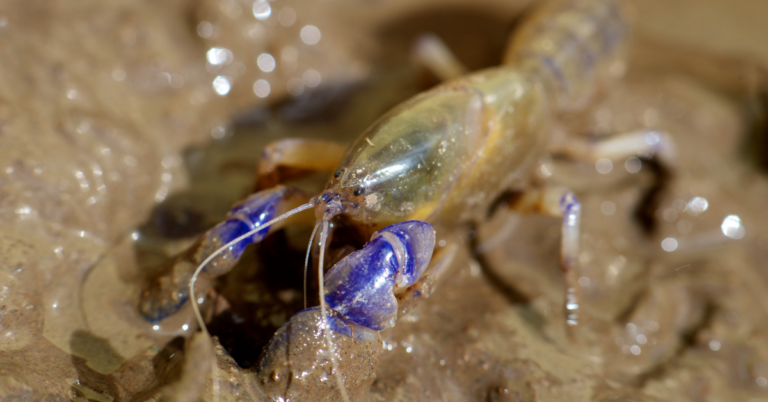The white-bellied frog (Anstisia alba) is a critically endangered frog species with a very limited distribution in the lower South West corner of Western Australia. In fact, the combined area of habitat it occupies is less than 2km2!
The white-bellied frog grows to 25 mm – no bigger than an adult thumbnail – and as its name suggests, has a distinguishing white belly.
The problem
Between 2007 and 2018, 62 of the 102 known naturally occurring sub-populations of the species went extinct – in many cases as a result of sites becoming too dry for the species due to reduced rainfall associated with climate change. This drying trend and the reduction in suitably wet habitat sites is expected to continue.
In 2019, the species was upgraded from ‘Endangered’ to ‘Critically Endangered’ under the Environment Protection and Biodiversity Conservation Act 1999.
According to ‘Australia: State of the Environment Report 2021‘ Australia continues to have one of the highest rate of species decline among countries in the Organisation for Economic Co-operation and Development (OECD).
Over 100 Australian species are listed as ‘Extinct’ or ‘Extinct in the Wild’ under Australian national, state or territory legislation. Our biodiversity continues to be in decline with ramifications for human health, wellbeing and economic prosperity.

A world without frogs?
Frogs are the most threatened class of vertebrates worldwide, with 40% of species threatened globally and 20% of Australian species threatened with extinction. While disease and habitat loss drove previous declines, climate change now drives most of the deterioration in status. Six frog species were added to the threatened species list in 2023. Source
What we’re doing about it
South West NRM went to work on strategies for rescuing the white-bellied frog following news it was listed among 110 species flagged for priority attention in the Australian Government’s Threatened Species Action Plan 2022-2032: Towards Zero Extinctions.
With funding support from the Australian Government’s Saving Native Species grants, South West NRM has joined forces with the Department of Biodiversity, Conservation and Attractions in a 15-month project designed to rescue the future of the species.
We’ll identify three sites where the white-bellied frog was previously known to inhabit but are today extinct as a result of the sites becoming too dry for successful breeding.
One of the sites will be used as a rehydration trial site and two will be reference sites.
Soil moisture monitoring probes will be installed at the site to allow for the hydration status of the site to be monitored.
An irrigation system, consisting of 22,500l water tank, solar powered pump, irrigation controller and sprinklers will be installed to systematically rehydrate the site as needed to create a suitable habitat for breeding of the frogs.
We’ll be recording the amount of water used along with other project costs to assess future financial viability of the method to inform decisions on any future replication of the project outcomes.
If successful, we expect this rehydration technique will improve the trajectory of this critically endangered species.


Project Partners
This project received grant funding from the Australian Government Saving Native Species Program.





